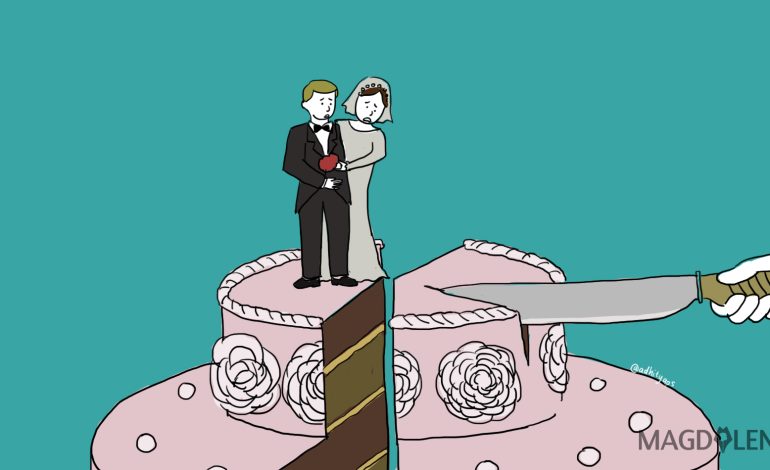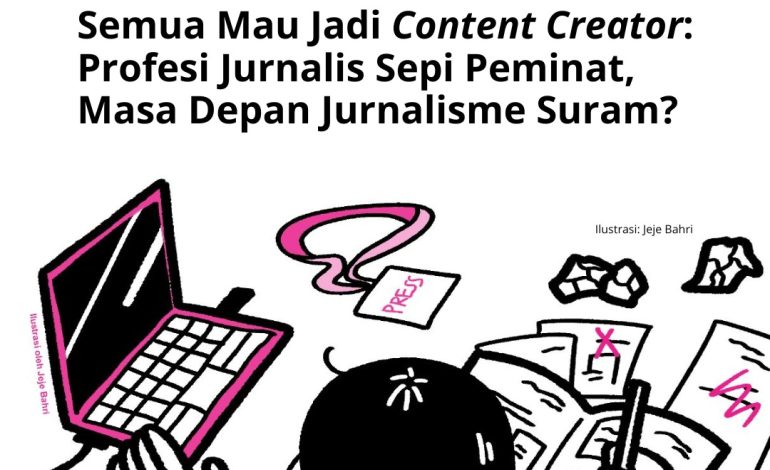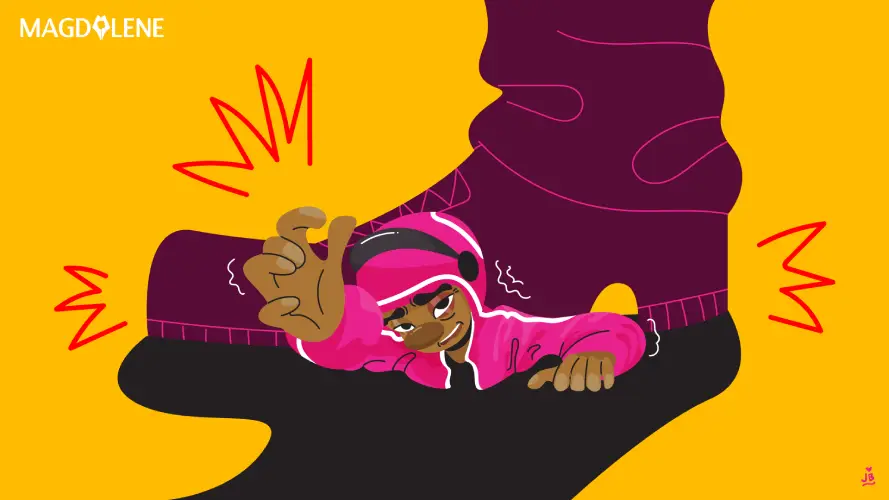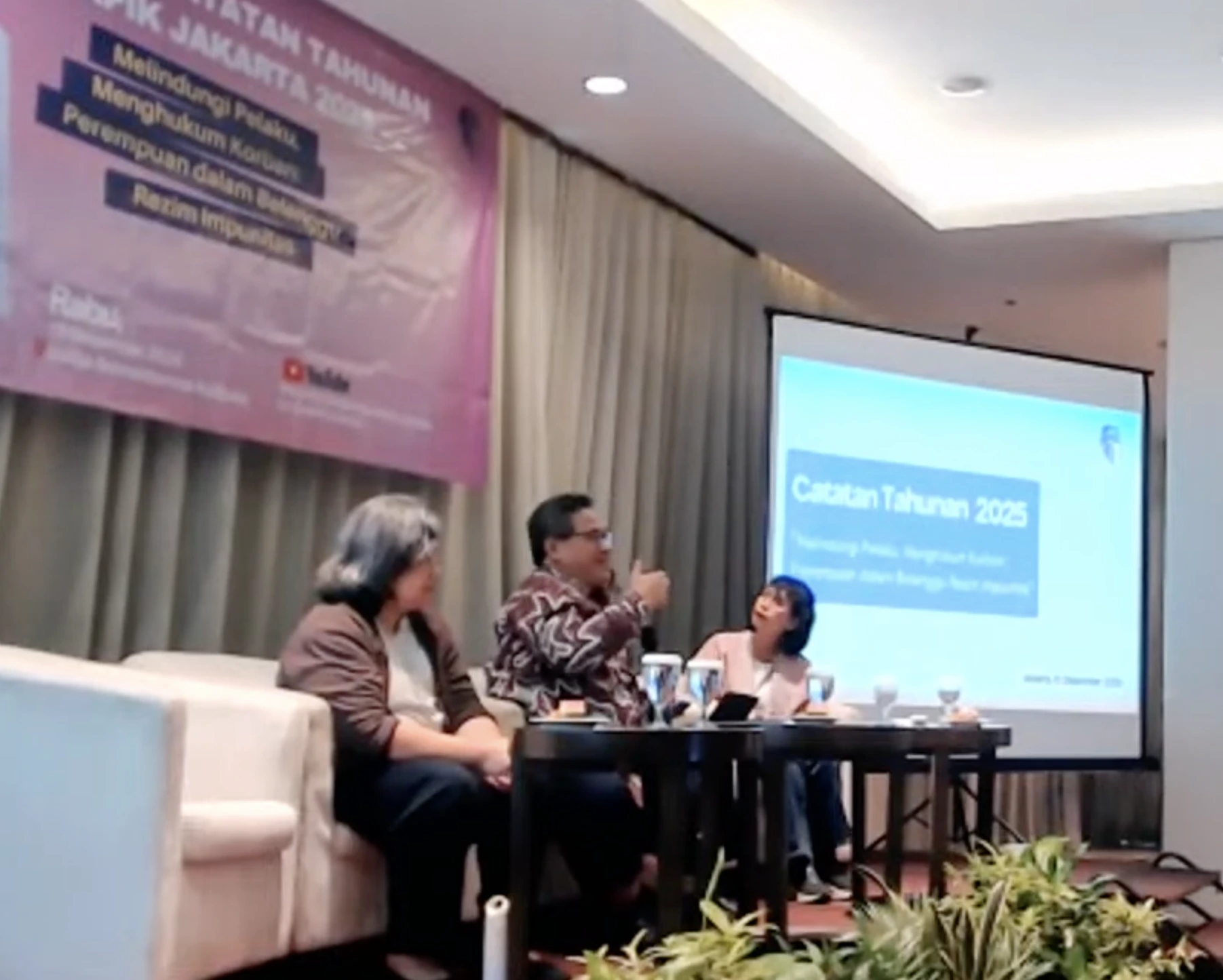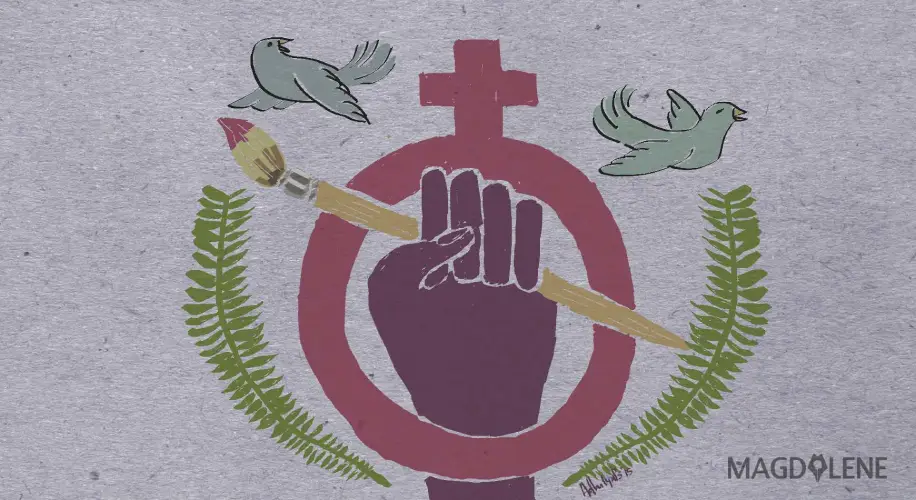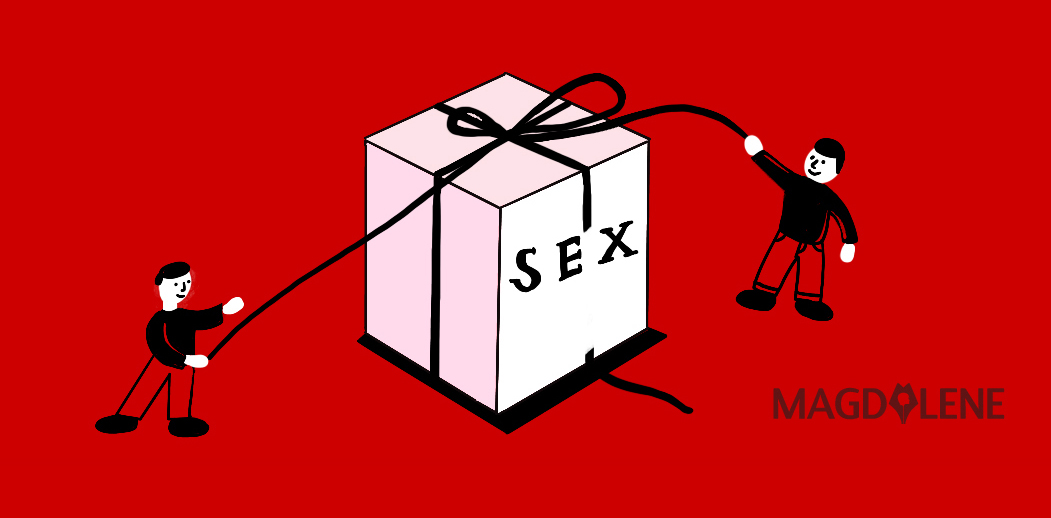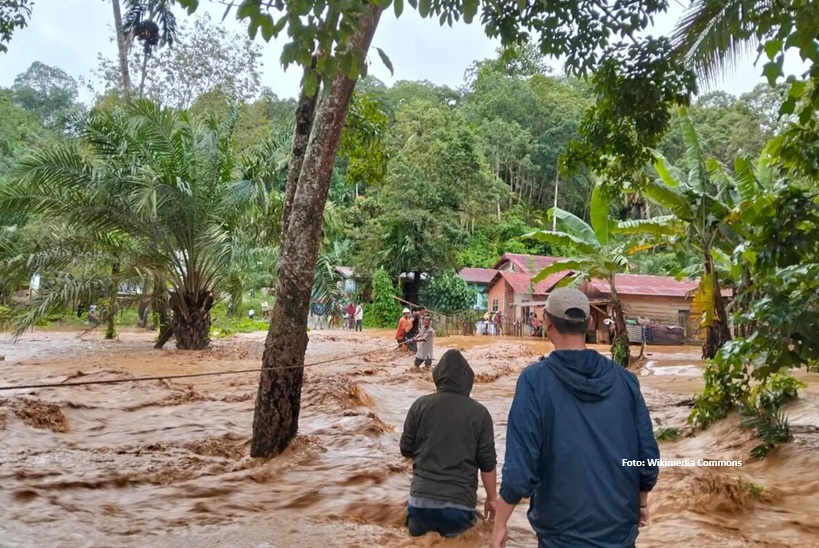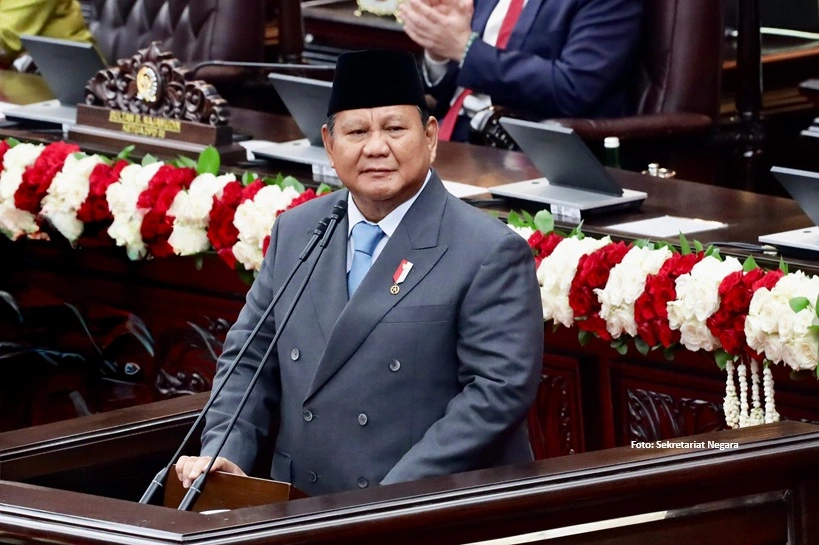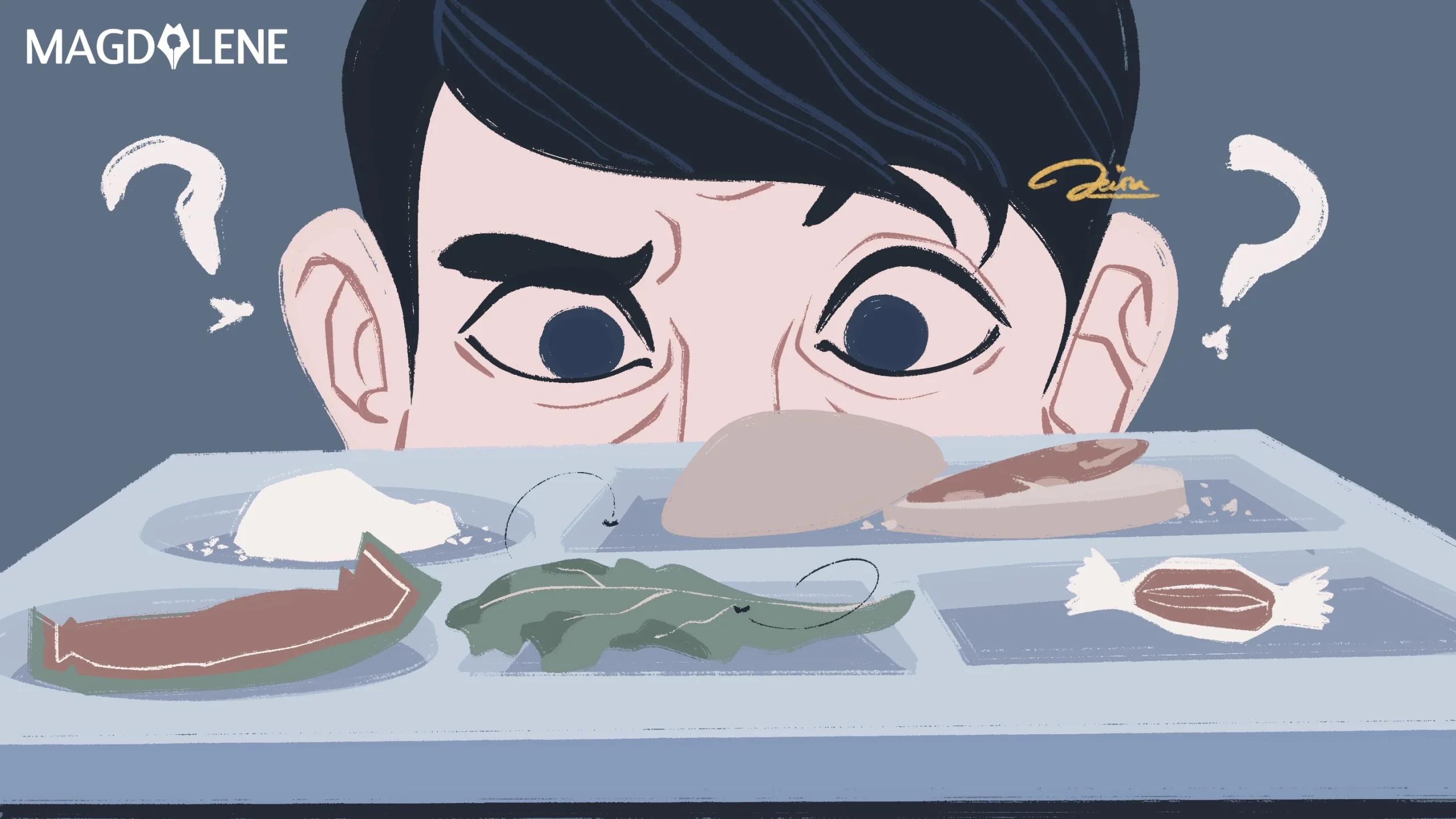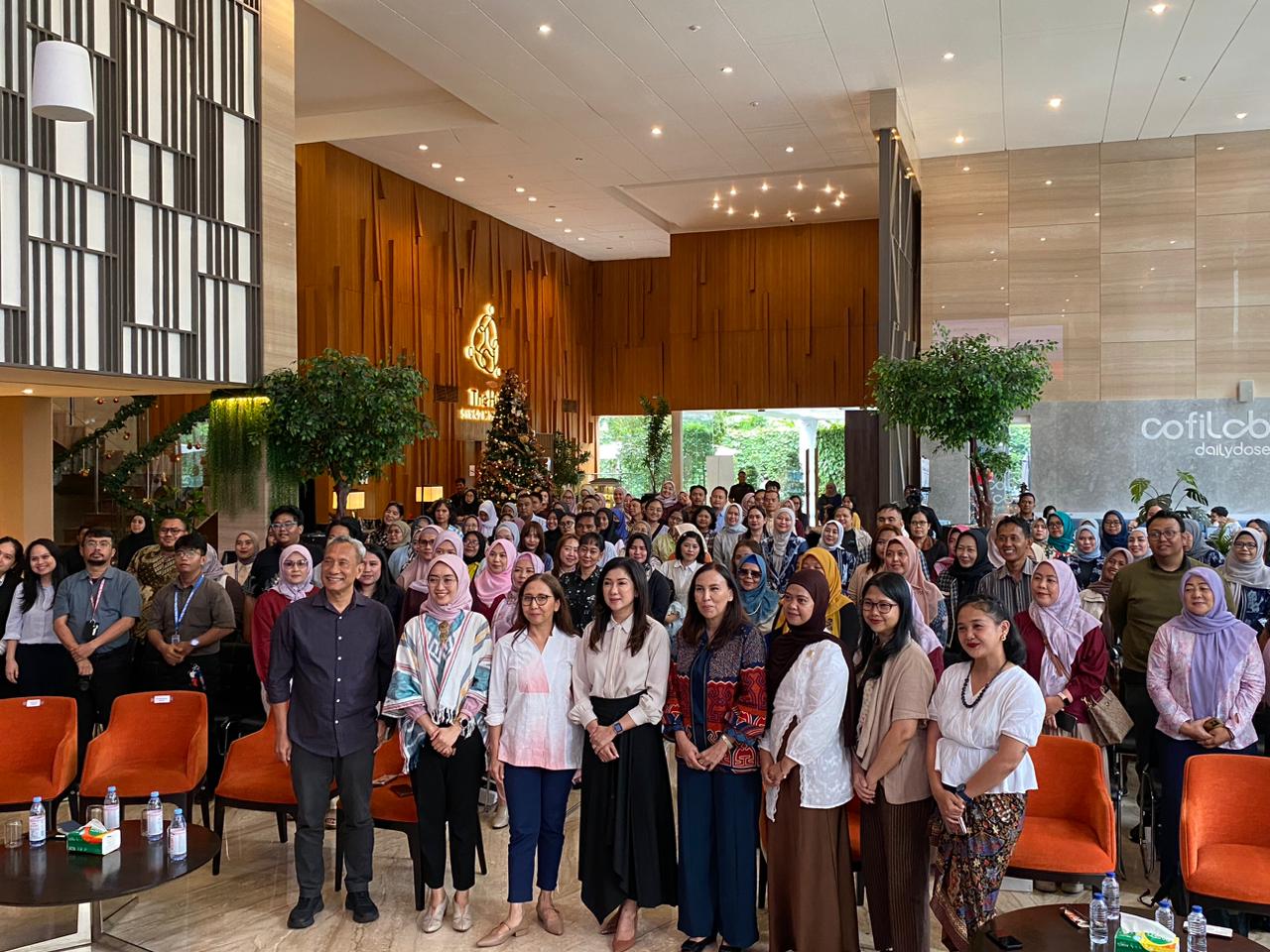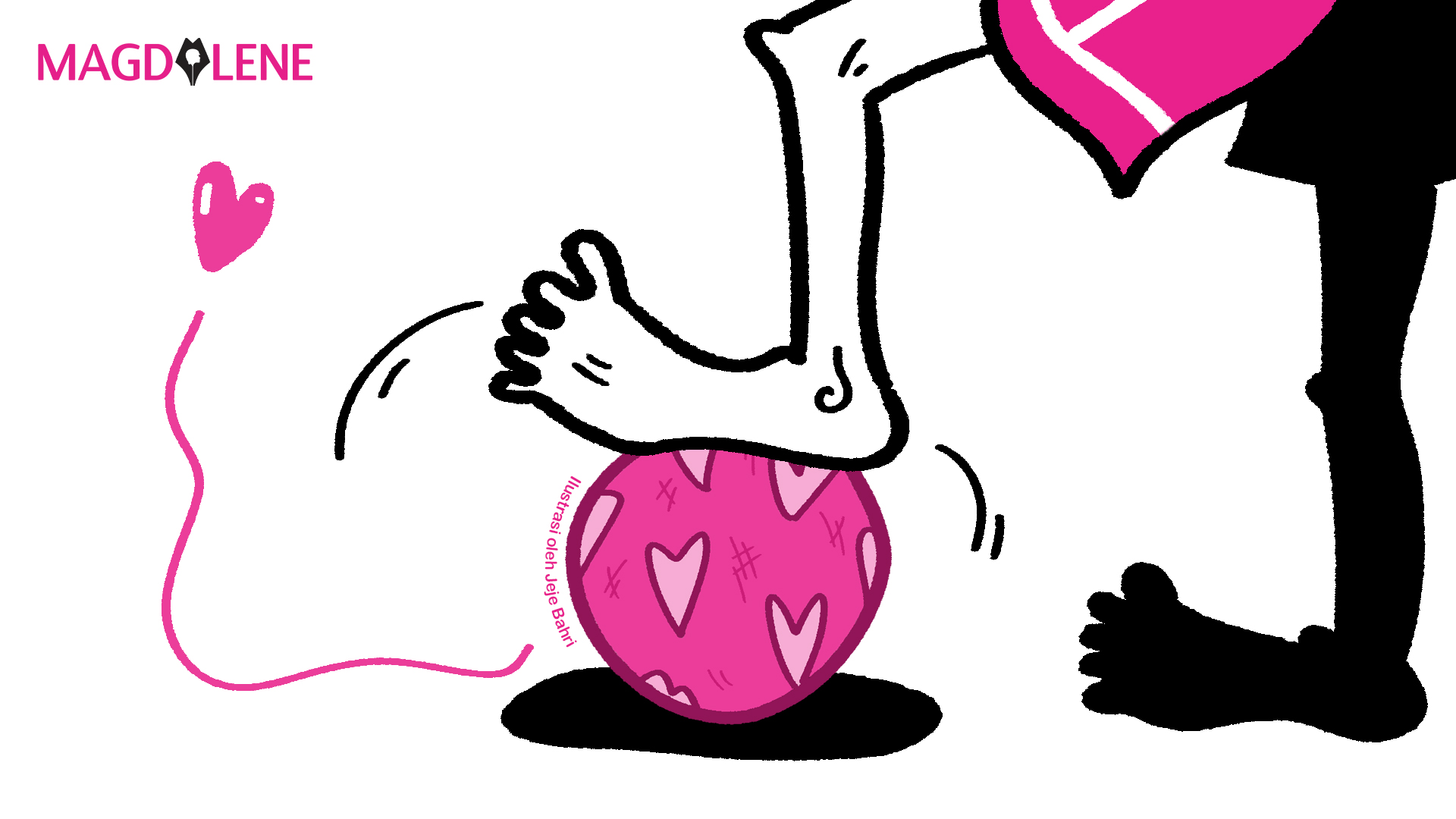To End Violence, Men Must be Part of the Solution: Activist

Twenty two years ago, Harish Sadani, then a volunteer at a women’s organization in Mumbai, India, found an intriguing advertisement on The Indian Express.
“WANTED: Men who believe wives are not for battering. If you are a man strongly opposed to violence towards wives from their husbands and would like to help stop it, then send us your name, address, and phone number if you have one,” read the advertisement.
Put out by prominent local journalist CY Gopinath, it appeared alongside an article on domestic violence.
Harish found himself among the over 200 men who responded to the advertisement. They came from various backgrounds — medicine, engineering, banking, business – and of various ages, with the youngest being a 14-year old student. Harish was the only one among them with social worker background.
They were then invited to a series of meetings and trainings with a range of professionals with gender perspective. They worked together to develop strategies on involving men and boys to address the age-old problem of domestic violence. A core group eventually emerged and
two years later, Men Against Violence and Abuse (MAVA) was established, led by Harish, to begin its journey to deconstruct the conception of masculinity and engage men in the fight against gender-based violence.
Also read: The Feminist Ulema
“So 205 men including me applied, and we all had different motives. I had my own motivation, which, I would say, are in three layers,” said Harish, who was in Jakarta in late May to conduct Samabhav International Traveling Film Festival in collaboration with Magdalene, UNFPA Indonesia and Universitas Islam Negeri Syarif Hidayatullah.
As a child, Harish was brought up in a chawl, a large building typically divided into many separate tenements, in Mumbai. He witnessed the women in his surrounding being hit by their husband over matters like ill-cooked food or for talking back to them. His own home, though, couldn’t be more different. Raised by a caring and sensitive father, his mom and three paternal aunts, he saw how women could have agency and make decisions for themselves, despite not coming from privileged or educated background.
“They actually shaped my ideas about looking at the world… My dad used to always consult my aunts in decision making,” he said.
Like his father who helped around the house, Harish was tasked with house chores, which he did without any fuss, but because of which he was often teased and called “sissy” by his classmates. His masculinity was also questioned when he refused to play with boisterous boys, preferring his own company. He felt isolated, but also plagued by the questions of gender norms in society and a life-long obsession to find an answer to the problem. He started writing letters to editors in newspapers and magazines to address gender-related issues.
Later in university he became a big fan of Bollywood star the late Smita Patil, who performed strong female characters that challenged stereotypes of women in many films. Upon finding out her address in a magazine, he began writing her letters sharing his reading on her films, and asking her deep questions. Patil would respond back with equal enthusiasm.
“Once she said she had several fans, ‘but for you I set aside and think, and then write.’”
In some of these letters, he’d write her about male characters in movies, asking why those that embodied non-stereotypical sensitive masculinity would be downplayed and why no one ever talk about to construction of masculinity in films, to which she would attribute to the fact that the director was male.
While doing his masters in social work, he volunteered in a women’s organization where he observed their approach in addressing cases of domestic violence which often entailed ostracizing and publicly humiliating the men.
“I used to think, that is not the right kind of solution; that’s not helping women in any way. It disturbed me. I thought in the efforts for a gender-equal society, the absence of men was a gap that needed to be filled.”
Identifying men as perpetrators was not enough, the attempt to change their attitude was essential. It was around this time, he saw the advertisement that led him to co-found MAVA.
Harish shared some more of his thoughts in the interview below, after the two-day film festival on gender equality, men’s involvement held at UIN Syarif Hidayatullah south of Jakarta,
Also read: How-a Feminist Preacher Led Her Church to Become a Champion of Gender Equality
So can you introduce us to MAVA
MAVA is India’s first organization of sensitive, concerned men working to stop and prevent gender-based violence on women by engaging men. MAVA works with young people, primarily young men, women, and even non binary individuals to engage them through a series of interactive workshops and sessions. We also use a lot of cultural platforms like annual magazine, theatre. film festivals, and social media. We provide a safe space for men to open up, think, reflect, unlearn, learn and relearn about male privilege, power, and how patriarchy would stand in a particular box from which they should be freeing themselves. We provide a safe space for men and boys to open up mentally and be part of the solution.
Why is it important to do that?
We believe that men hold the keys to power in all subsystems of society whether it’s family, religion, education, governance, or media. In all these five pillars, you will find that men are the controllers. They are the ones in decision making and often women are subordinated. So if things have to change in the status of women, apart from empowering women, it is equally important that men who hold the power and decision making process are also involved.
Simply, men are part of the problem unless they are seen as part of the solution, because their attitudes are formed through conditioning and socialization that could be faulty. But there are men in all fields who think differently. They need to be brought together to address this issue as allies for the gender-equal society that we dream of.
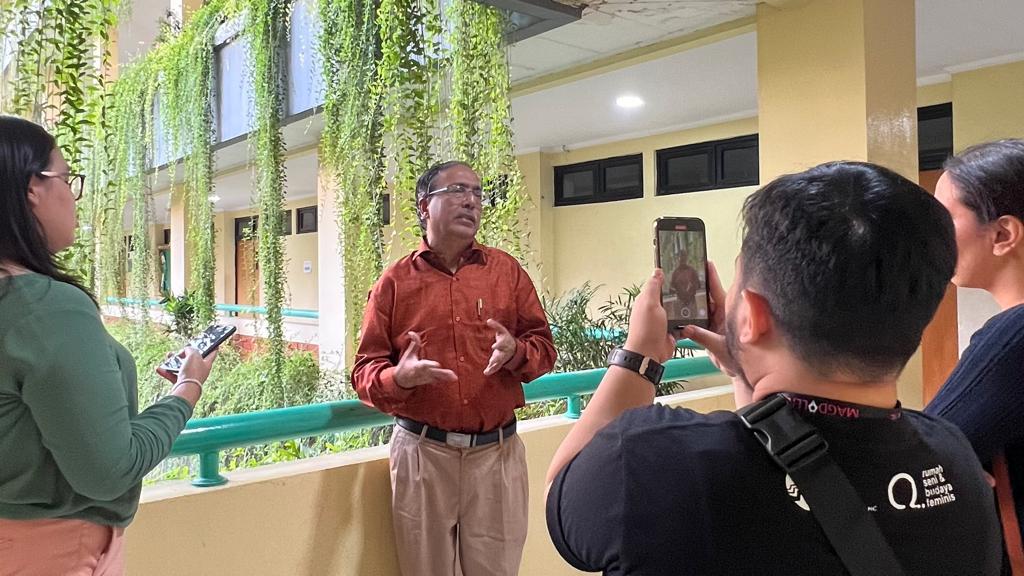
The name is Men against Violence and Abuse – why are violence and abuse so linked to manhood?
The notion of masculinity in India has a lot to do with power concentration and how one has to subordinate the other gender. You have to use violence to get power. Sometimes these kinds of acts become justification for people to discriminate against others. Violence becomes a tool for gaining power.
How many boys or men have been involved in MAVA?
I’m happy to say that for the last fifteen years – the organization is 30 plus years old – we have shaped over ten thousand men. One man mentors another man. They come from different cities and districts in India. These ten thousand reach out to 500,000 to 600,000 other men and young people in their communities. They are using community medium engagement like theatre, films, pop culture, media.
How do you see success in transforming these men?
You have to invest in men and boys; you have to engage them in the long term. It should not be tokenism or temporary. For a long time we only focus on girls, but we now have to invest time and effort in men equally… with targeted groups of men like college students, or at workplace. or any targeted group.
MAVA has come up with tools and methodologies that can be used to help men reflect on their biases, prejudices. We offer spaces that are non-threatening for them to reflect. And there must be role models. Through hard work and consistent work with these ten thousand plus men, who come from all walks of life, they become role models. Now they are taking ownership of issues that are normally seen as women’s issues. In of these subsystems — the family, religion, education, governance, media – you need a few men as allies. Only then, you can shape the overall system.
Also read: Mass Violence and Male Entitlement
Can we talk about film festivals? Why can be films be transformative?
I think films are really powerful tools for engaging ideas and also communicating ideas. I find that in India there have been several platforms in the last few years, which are largely either women-centric or LGBTQ-centric. But there’s a lack of festivals targeting heterosexual and cis men. They need to voice and articulate their parts, and also get exposure to different ideas of masculinity.
For a long time, the heterosexual cismen have been outside of the conversation. We need to bring them in. The Samabhav Festival travels to different cities in India and have now expanded to other South Asian and Southeast Asian countries, where there are similarities in in patterns of gender-based discrimination. I was lucky that I could come and meet well-known gender rights activists who connected us to feminist groups in Bangladesh and Nepal.
Every year we will add two countries in South Asian or South East Asian. And this year we are happy that in Southeast Asia we have chosen Indonesia. We will soon go to Bhutan. Last year in Bangladesh and Nepal, we had 600 to 700 young people in the crowd. The auditorium was full. They were involved in discussions and debates. The same thing we witnessed here in Indonesia in the last two days.
This will lead to some churning among these young people, because they will relate to those films when they go back to their day-to-day lives. They will reflect on some of social problems, and how they deal with it. It will give them some fresh insights and perspectives.
When we talk about gender and media, the issue is on how women are portrayed poorly, but how should we portray men to change our perception of masculinity?
Ideas about masculinity that exists even in the media are largely that men with power who can control others are real men. Those notions that portray men who are violent and aggressive as real men also happen in the films. There are characters in Bollywood films of men chasing after girls, stalking them. There are songs glorifying this. This notions of traditional dominant masculinity needs to change and be replaced with positive masculinity.
The construction of masculinity itself needs to be interrogated by the media, which has not happened. Nowadays, there are male directors making films about women’s sexual pleasure. Topics that are bold and unconventional related to women’s health, women’s empowerment are being explored. But not really on male sexuality and masculinity, on the diversity of masculinity, because masculinities are plural, never singular. I always think that if construction of masculinity is faulty, then the answer lies in reconstruction.
For the reconstruction, first men have to deconstruct. Just as in school we would dissect frog to study it, the existing form of masculinity has to be studied by men themselves. A major part of the solution is men admitting that they are part of the problem. When men start seeing that, they will also realize they are under pressure to perform the rigid rules that also impact them. When they realize their attitudes, mindsets are part of the problem, then 50 percent of the work is done.
Then they will come out of the slumber and realize that they need to set themselves free from the shackles of patriarchy. It’s a long journey, but I think somewhere, groups like MAVA, and I have seen groups in Nepal, Bangladesh, and here as well, try to engage men and boys. So I think it is slowly happening, those small incremental changes in the gender paradigm.

